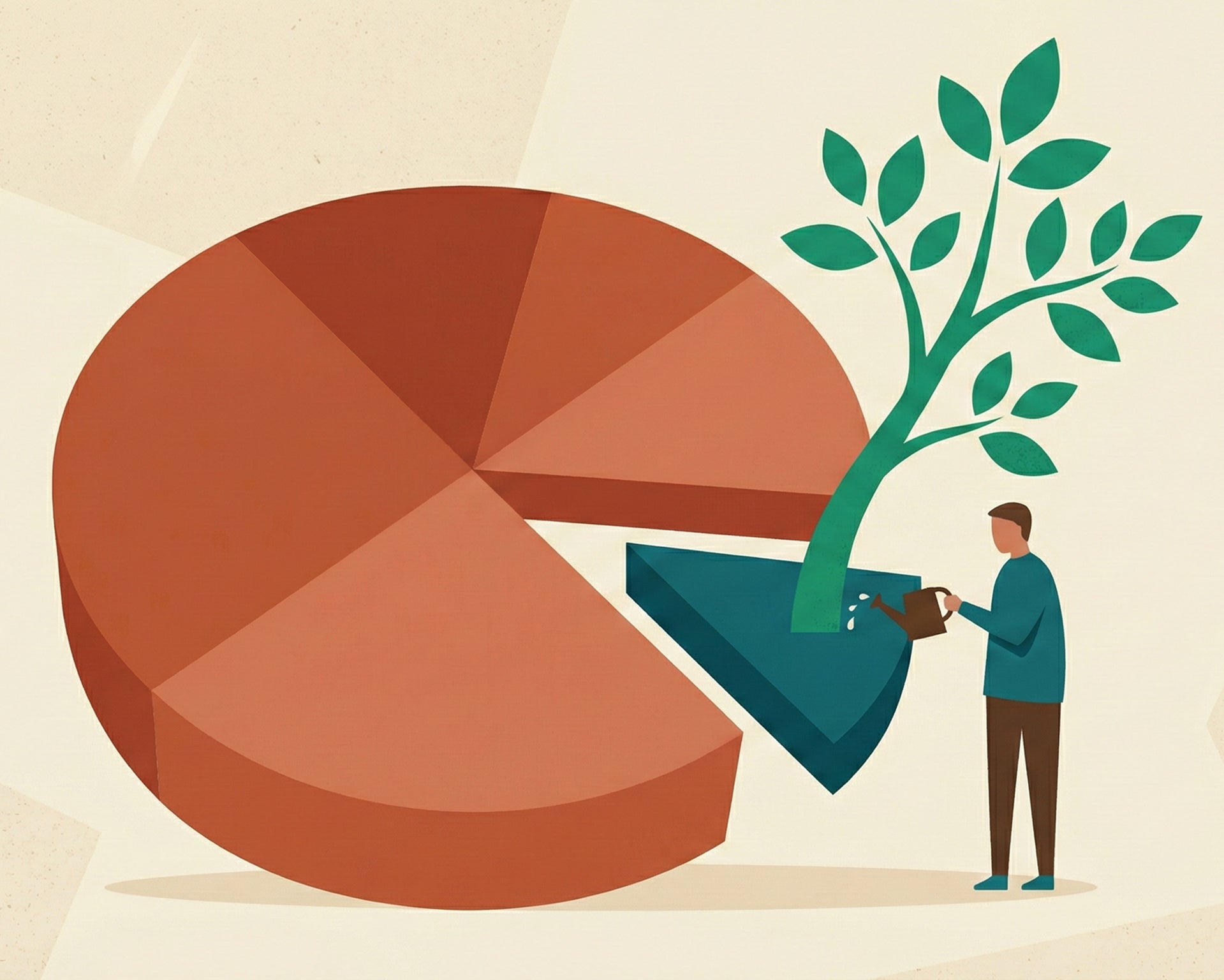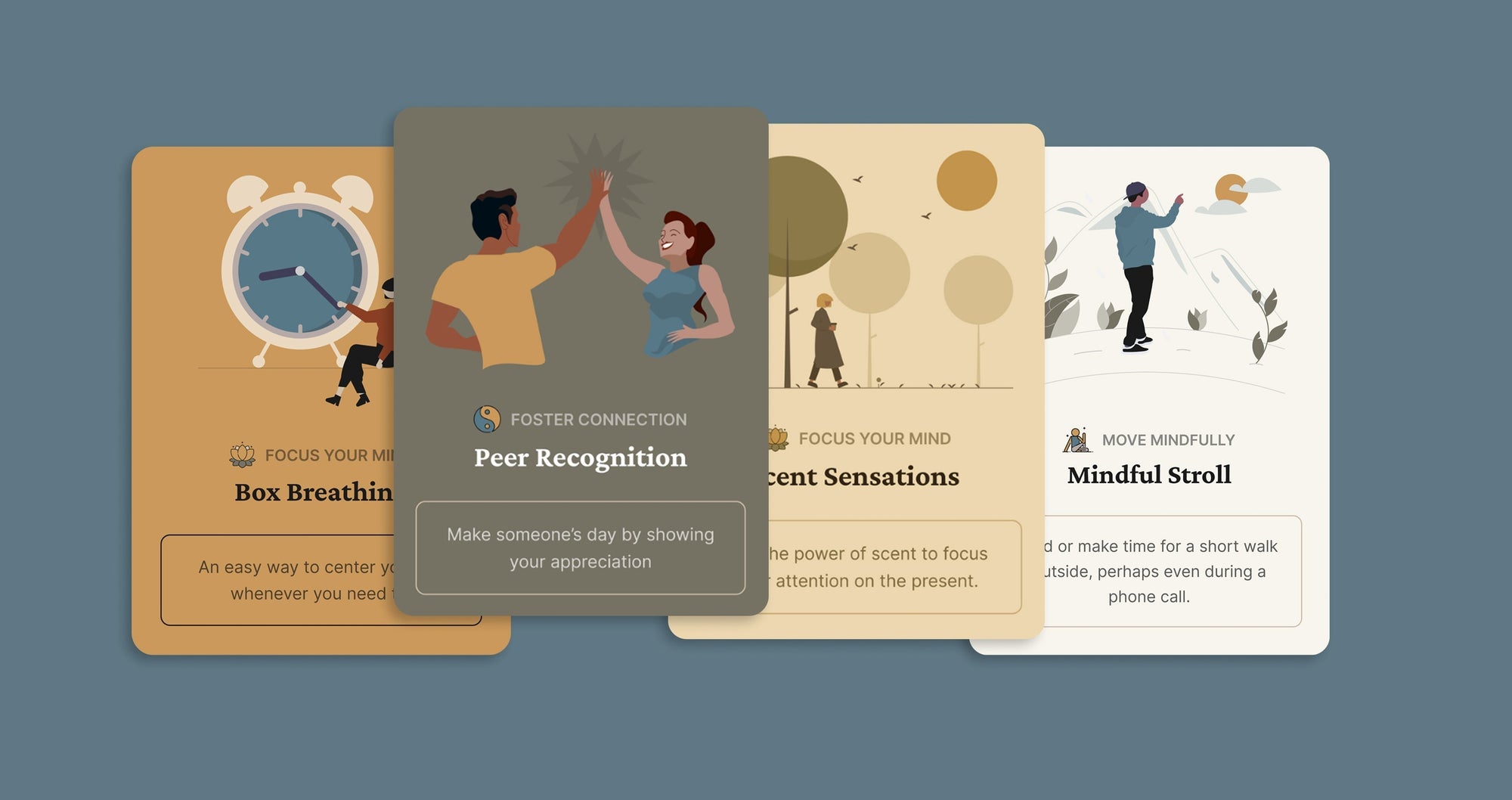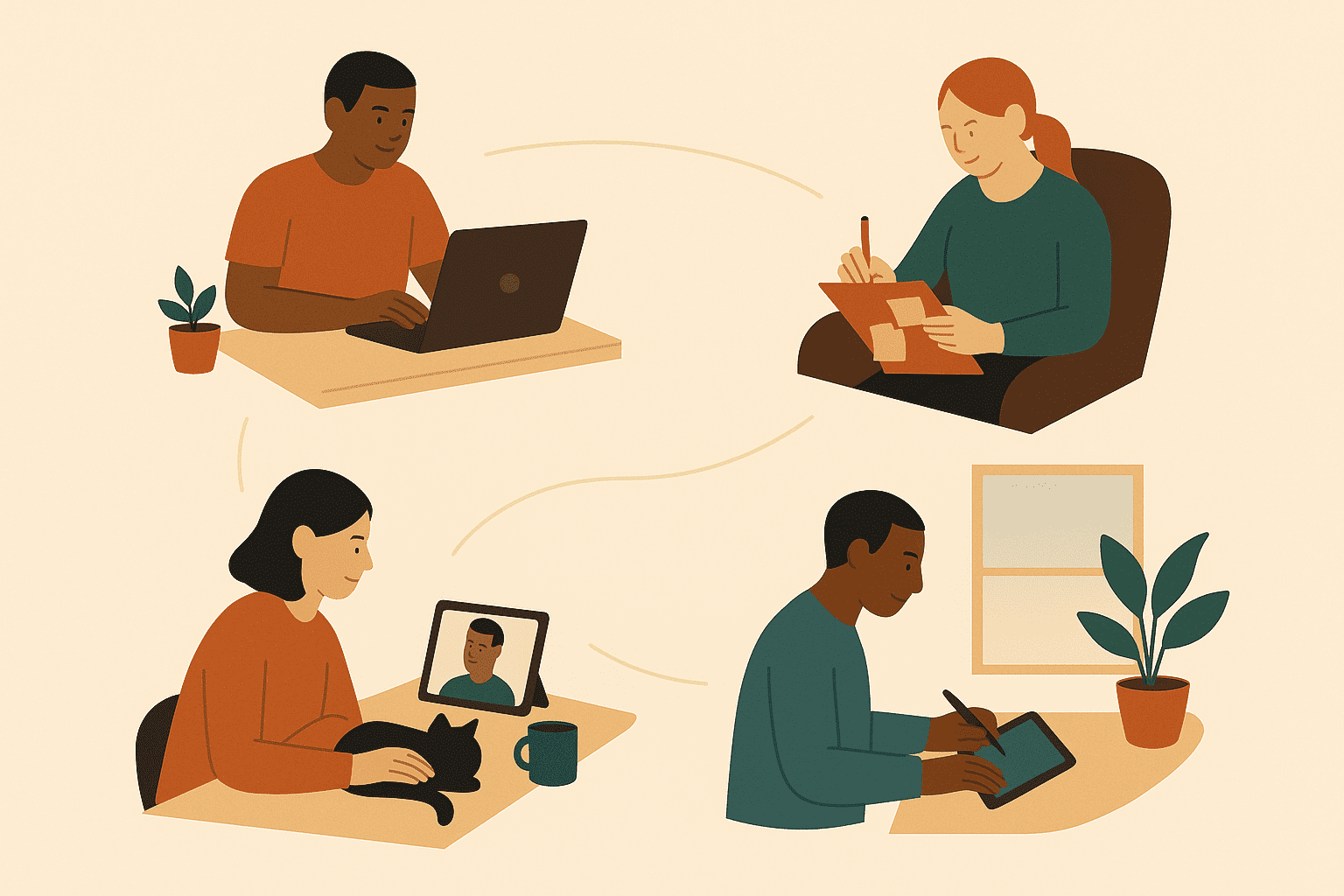When we first started building AdaRose’s Well at Work program, everyone said the same thing: “You need an app.”
Apps are great at collecting data, and they provide many options to shape user experience. But I kept coming back to the same conviction: Most people don’t need another app. They need something that actually fits into their day.
So instead of asking employees to download an app, create a password, and check yet another icon on their phone, we chose the simplest, most universal tool we all already use: text.
Ada Rose's Well at Work program uses boosts delivered by text to engage employees in wellness and team connection activities. Boosts are short, evidence-based micro-breaks that can be completed at work in just a few minutes, covering wellness topics ranging from mindfulness to nutrition, movement, and managing digital technology.
Here’s why that decision has become one of the most important parts of our product:
1. Frictionless by design
I hate downloading apps myself—so I didn’t want to force teams to do it either. With AdaRose, employees only share a phone number. That’s it. Boosts arrive by SMS. They reply by SMS. Magic links take them to other experiences—like sharing reflections in the team forum—without needing a login.
Wellness should be easy, not another "to do."
2. Text reaches everyone
Across generations and roles in the modern workplace, everyone knows how to text, and they all do it, no matter where they work. When we ran our first multi-company challenge, employees were spread across different operating systems and security settings—but SMS worked for all of them. No integrations. No setup headaches.
I saw the power of text years ago though programs like Text4Baby, designed to reach expectant parents in communities without broadband or smartphones. SMS doesn’t care what device you have or where you live—it just works.
3. Our users consistently tell us it’s their preferred mode
Every time we run a challenge, we ask employees: How do you want to receive boosts? Roughly 60% choose SMS, citing:
- It’s easy
- It gets their attention
- It pulls them out of “work mode” for a few minutes—exactly what micro-breaks are meant to do
We’ve tested boosts via email (totally ignored), Slack, Teams, and WhatsApp. Some people like them, and integration with Slack/Teams is on the roadmap—but text remains the clear favorite right now.
What matters most isn’t the channel—it’s removing barriers
Wellness and connection should feel:
- simple
- painless
- enjoyable
For many people, SMS is the most seamless way to nudge them into meaningful breaks and small acts of connection. For others, Slack or Teams might work better—and we’re building toward that too. The principle stays the same: meet people where they are, and make wellbeing and connection doable.
What do you think? How would you want to receive short invitations to take a break during the workday, and why?





